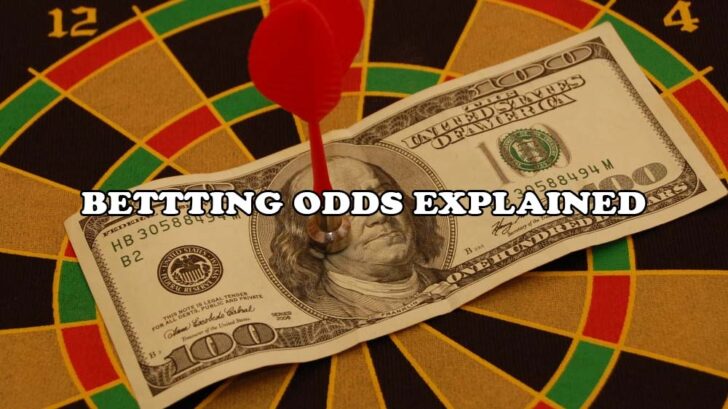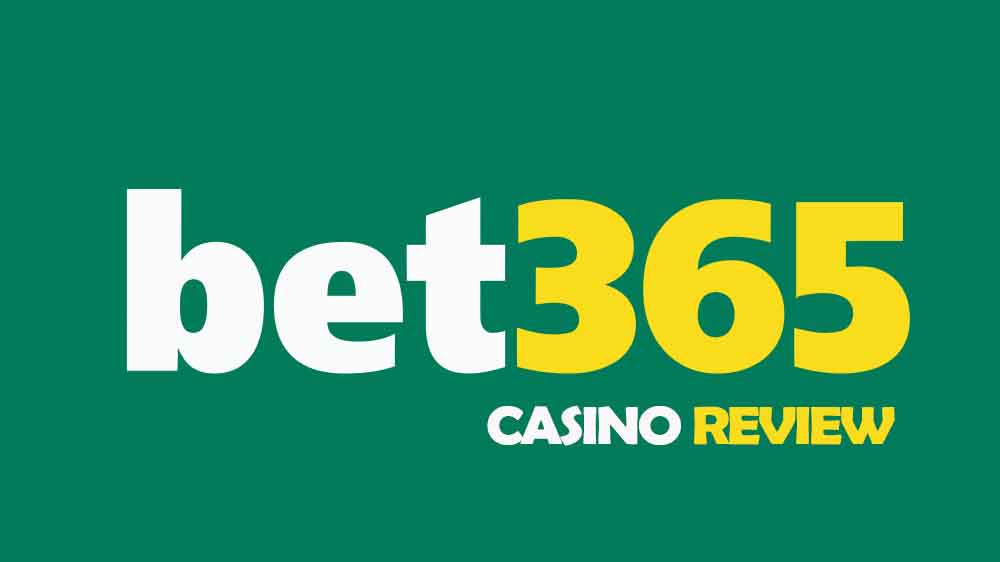How Do Odds Work in Casino And Sports Betting?

Introduction: How Do Odds Work in Betting?
Whatever types of betting you might be starting, whether sports, casino, or any other type, one of the first and most important things you’ll need to understand are the odds. Of all the jackpot winning tips and tricks, these are essential to master. There’s no point in placing any type of bet without this knowledge as you’d simply be throwing money away. Having a good grasp of the principles of odds will allow you to make bets with a better chance of winning. It doesn’t matter if you’re playing online toto sites with 22Bet Sportsbook or live betting, as the more you know, the better equipped you are to make the right choices. So let’s have a look at how odds work in betting.
Types of Odds
There are three different ways of presenting odds. The fractional (British), the Decimal (European), and the American (money-line). The first point to understand is that all three are the same in presenting odds and the payouts coming from each will be the same. In other words, the chance of an event occurring can be presented by any of the above types of odds.
How do Fractional Odds Work in Betting
These are also known as UK odds and traditional odds. You can recognise them, as in written form they are expressed with either a slash or a hyphen. An example would be “6/1” or “6-1.” The world’s largest bookmakers use fractional odds, meaning that they are the most common type of odds you’ll encounter, wherever you are in the world. Knowing how fractional odds works should be one of your basic jackpot winning strategies.
So…what does 6/1 mean? It means that you win $6 for every $1 you bet. Remember that you also get back your initial wager. You can look upon this sum as the profit you’ll receive from each bet. So in this case, you’ll get your stake ($1) plus your winnings ($6) for a resulting payout of $7. So it follows that if you stake $10 at 6-1, then your total payout, should you win, will be $70 ($10 stake plus $60 profit). We can state that the potential total return on a stake is: the total payout = (the stake x Numerator/Denominator) + the stake.
Check out the 22BET Sportsbook for the latest eSports odds
An Example of Fractional Odds
Imagine that we’re betting on NBA Championship teams. The three teams with the lowest odds of winning are:
Cleveland Cavaliers: 7/1
Golden State Warriors: 10/11
Houston Rockets: 9/4
From this, you can see that the Golden State Warriors are the favourites, while the odds on the other two teams are longer. If you were to bet on the Golden State Warriors, then for every $11 wagered, you could only win $10. With the Houston Rockets, you’ll win $9 for every $4 stake. As for Cleveland, you stand to win $7 for each $1 wagered. Let’s suppose that you bet $100 on each team. With the Golden State, you could see a profit of $90.91 ($100 x (10/11) and you’d receive your original stake of $100. Therefore a total of $190.91. For Houston, the maths looks like ($100 x (9/4) which equals a profit of $225. Add in your original stake for a total of $325. Finally, we have a $100 wager on Cleveland. The profit here is the highest. The math is ($100 x (7/1). Plus your $100 original stake and you’ll see a nice payout of $800. You can see how this all works with 22Bet Sportsbook. They even have an in-play feature for NBA betting.

How do Decimal Odds Work in Betting
These are also known as European odds, digital odds, and continental odds. You’ll find them across Europe, in Australia and New Zealand, and Canada. You can spot who’s favourite and who’s the underdog just by looking at the numbers. Decimal odds are the amount you’ll win for every $1 you bet. You have to remember that with decimal odds that stake is already included in the decimal number, so the total payout is much easier to calculate.
You can say that the total potential return is: the total payout = the stake x decimal odds number.
An Example of Decimal Odds
Let’s look at the betting on the 2020 US Election. The candidates and their odds are
Donald Trump: 4.00
Joe Biden: 1.3
Keep in mind that these numbers represent the amount you could win against each $1 stake. So, if you bet $100 on Trump be triumphant, the wager would look like this: 9$100 x 4.00). As this amount includes your initial stake, then your profit here is going to be $300 should Trump win. With Joe Biden, the same $100 would look like this: ($100 x 1.3) which would give you a total payout of $130. Just looking at the initial odds can tell us that Biden’s favourite. The higher the total payout, the riskier the bet, and the less probable that candidate will win.
How do American (Money-line) Odds Work in Betting
As the name suggests, these are the most popular in the US. A minus (-) sign accompanies the favourites, and they show the stake you’ll need to put down to win $100. Conversely, for the underdogs, they have a plus (+) sign, which shows the amounts that can be won for every $100 wager. Your initial stake is returned in both cases in addition to your winnings. As the chances for the favourites increases, then you’ll see a widening probability between the favourites and the underdog.

An Example of American Odds
Let’s use an example with NCAA basketball. The two teams and their respective money line odds were:
Duke: -760
Syracuse: +585
The fact that the bookmakers like 22Bet Sportsbook are giving Syracuse +585 means that they reckon on a lower probability of them winning the game. To make $585 betting on this team you’ll be needing to risk $100. If they do happen to win, then you’ll receive back your original stake plus the $585, giving you a total payout of $685. Now if you decide to back Duke, who is the favourite to win, then you’ll need to bet $760 in order to win $100. So if Duke is the winner, then you’ll receive your initial wager of $760 plus the profit of $100 for a total of $860. In this example, there’s a huge difference between the odds. In this case, it indicates that Duke has a much greater chance of winning and progressing to the next round.
Conclusion: How Do Odds Work in Betting?
Though there are three types of odds, fractional, decimal, and American, they all amount to the same thing and offer no difference in terms of what you’ll be paid out. The ratio of profit won against a stake is expressed in fractional odds. The amount you could win for every $1 wagered is expressed in decimal odds. And depending on the plus or negative sign, American odds express how much you’ll need to bet in order to win $100 or the amount you could win for every $100 staked.
Though they look simple here, take your time to learn how the odds work in betting. If you enjoy live betting, on football for example, then in these ongoing games the odds are constantly changing. It’s important that you can keep up with the game-play or your bets will be landing too late and you’ll miss the football jackpot. These three types of bets we’ve covered here are just the basic building blocks and will lead to you learning more detailed and complicated systems for wagering on sports when you’re ready. Eventually, you could even make a living from betting online.














